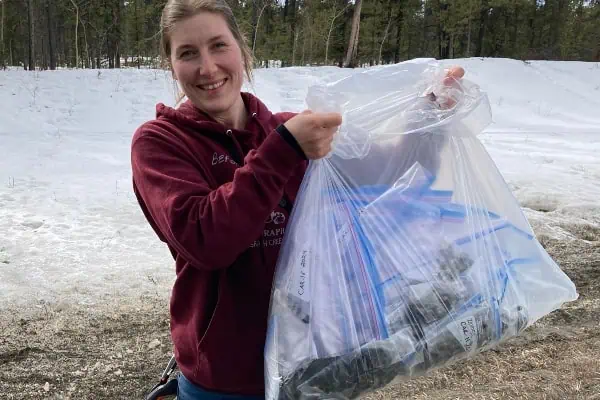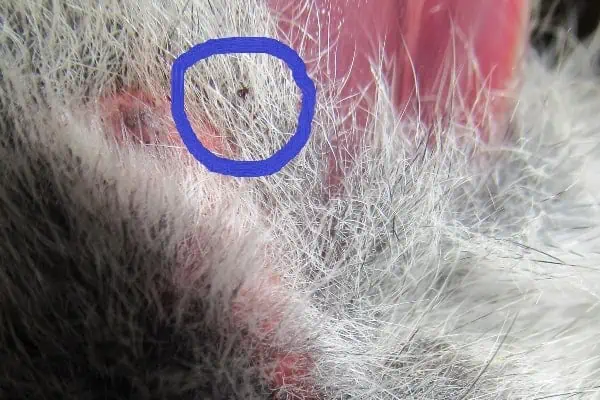When the hooligan are running, the rivers and harbour In Haines, Alaska host a fiesta of wildlife that congregate to feed on this little fish that First Nations prize for its high fat content. Sea gulls, eagles, sea lions and even whales feast on the bounty when it arrives.
For generations, the local Tlingit people have harvested hooligan and rendered the oil. The Family Hooligan Camp is the place where the fish are rendered into hooligan oil, also known as hooligan grease.
Jason, who prefers not to share his last name, has a reputation for being good at catching hooligan. He usually uses a throw net to catch hooligan and every year he brings the fish to the Family Hooligan Camp to be rendered.
The camp is situated on the bank of the Chilkat River, not far from Haines. A metal tub with a drain, called a cooker, is strategically placed near the water’s edge and above a fire pit. The fire pit is open on the water side. To raise the temperature of the water more wood is added. To reduce the heat, burning logs are removed. Above the cooker, a makeshift shelter has been erected to keep those involved in the process dry. A campfire, which produces more smoke than heat, sits to the left of the cooker. The air is heavy with the pungent aroma of the aging fish wafting up from the pit.
When asked if the hooligan season is over, Martin Willard, a Tlingit Elder who has lived in the area his whole life, says: “Hooligan are still in the river, but everyone has their pits full.”
Willard, together with Viva Landry, her husband Dave Landry and Jason are tending the cooker, rendering the hooligan oil.
Once caught, the fish are transferred to a pit lined with tarps, where they are aged from five to seven days.
“The longer the hooligan are in the pit, the stronger the flavour,” says Viva, “and the darker the oil.”
In order to render hooligan oil from the fish, the cooker is first filled with water, and heated. When the water is warm, but cool enough to put your finger into, the hooligan are added from the pit. The hooligan are loaded into a wheelbarrow with a snow shovel and taken to the cooker to be simmered slowly.
Dave uses a rake to help break the hooligan down so the oil is released. Steam rises from the cooker. When Dave brings up the rake, it looks like he is making fish stew.
Hooligan must be not be allowed to boil. If part of the cooker starts to boil, cold water is added. Boiling will cause the precious oil to be lost.
The process can take six hours or more from start to finish for each batch. Three wheelbarrows of fish will produce about five gallons of oil. Dave and Jason are at the cooker, ever watchful for signs of boiling.
Skimming is the critical step in oil collection. A board is moved slowly across the top of the cooker from one end to the other. The oil is captured at one end, and then carefully dipped out and filtered through a strainer and cheesecloth into a bucket.
Bears can be a problem. The pungent aroma of aging fish is an irresistible temptation to bears who have only recently emerged from their dens, hungry from their long sleep.
The oil is divided among those who supply the sweat equity in producing it. It is left to settle in the bucket for two days, then placed in jars and stored in the freezer. The oil can be stored indefinitely.
This method of gathering the oil has been passed down from generation to generation.
“If you ask 18 Tlingit how to make hooligan oil, you will get 18 different answers,” Willard says. “The end result is the same, but the steps to get there are slightly different.”
Hooligan oil is used as as a condiment, flavour enhancer, medicine, traded, given as gifts and used for ceremonial purposes. Willard likes to add a little oil to the pot when cooking salmon as a flavour enhancer. He also likes to take dried fish and dip it into hooligan oil. Willard, who looks young for his age, claims hooligan oil is responsible. Is hooligan oil the elusive fountain of youth?




